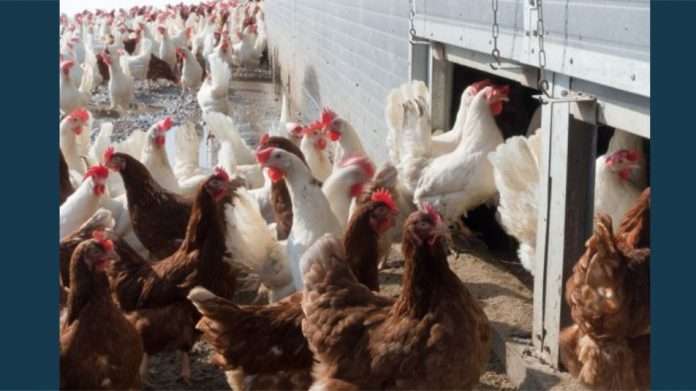
Highly pathogenic strains of avian influenza are sweeping through 24 states, including Wyoming, Maine and the particularly hard-hit Iowa.
Some counties in Iowa, which produces over 1 billion eggs annually, have declared disaster in light of the outbreak.
About 5.3 million birds in Iowa’s Buena Vista County have caught avian flu, federal data shows.
In the United States, more than 15 million chickens and 1.3 million turkeys have been euthanized since January.
In December, bird flu cases were also discovered in parts of Europe, India, Canada and east Asia.
The bird flu isn’t known to cause major health concerns in humans. Properly cooked poultry is safe for consumption, according to the Centers for Disease Control and Prevention.
The CDC announced in March that the current strains lack the changes seen in previous strains that put humans at greater risk for infection and severe illness.
Only one asymptomatic United Kingdom-based bird owner is known to have caught one of the current strains.
The infection can spread to ducks, geese, wild birds and other poultry through saliva, feces and nasal secretions. Experts say how the disease spreads makes it tough to contain.
Officials at the state level are urging owners of commercial and backyard flocks to keep their birds indoors.
The bird flu’s deadly impacts are hurting the poultry industry and the pockets of consumers fueling the seasonal demand for the Easter and Passover holidays.
Data from the USDA shows chicken breasts cost an average of $3.63 per pound in the United States last week, compared to an average of $2.42 a year ago.


